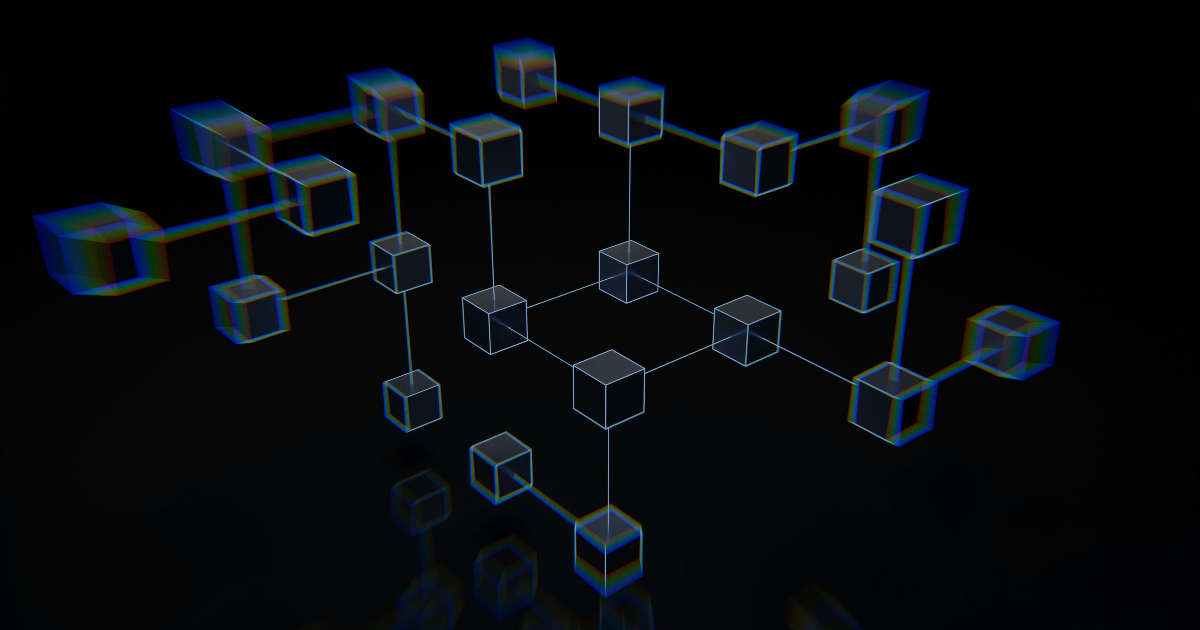Codetown
Codetown ::: a software developer's community
Using rs-232 in a java desktop application
Hello all:
I am fairly new to the Java world and would like some advice on how to handle rs-232 communications with a Java based GUI I am working on. Several years ago I created a similar GUI with Visual Basic, but my coding skills are a bit rusty and I never got the communication thing completely figured out. I could send command strings easy enough, but I had trouble getting responses and processing them quickly.
The current GUI is to control an RGB lighting system. It has some sliders, some radio buttons, and a few check boxes. When the sliders move a command string needs to be sent out. It will have to happen quickly so that the change in light level is smooth. When the radio buttons and check boxes are clicked, single commands will have to be sent out.
I would also like to be able to handle any responses sent back from the controller. When the sliders are moved, there will be a lot of comm traffic coming back to the GUI. I sure this will require a buffer of some kind, but I am not sure how to set it up.
Once I get the rs-232 option up and running, I need to look at communicating with the light controller via an Ethernet connection.
Any advise or assistance would be appreciated.
Paul Stearns
Tags:
Replies to This Discussion
-
Permalink Reply by Paul Stearns on May 27, 2011 at 5:00pm
-
Thanks Nem. I will check those out.
Paul
-
Permalink Reply by Paul Stearns on June 1, 2011 at 5:44pm
-
I took a look at some of the documentation and it seems that RS-232 is not supported for Windows apps anymore. If this is indeed the case, then I guess I need to look at sending communications via Ethernet and using a converter to get it to the RS-232 device.
Any guidance on how to proceed would be appreciated.
Notes
Welcome to Codetown!
 Codetown is a social network. It's got blogs, forums, groups, personal pages and more! You might think of Codetown as a funky camper van with lots of compartments for your stuff and a great multimedia system, too! Best of all, Codetown has room for all of your friends.
Codetown is a social network. It's got blogs, forums, groups, personal pages and more! You might think of Codetown as a funky camper van with lots of compartments for your stuff and a great multimedia system, too! Best of all, Codetown has room for all of your friends.
Created by Michael Levin Dec 18, 2008 at 6:56pm. Last updated by Michael Levin May 4, 2018.
Looking for Jobs or Staff?
Check out the Codetown Jobs group.
InfoQ Reading List
How Artificial Intelligence Can Help Us Connect with Customers

In software development, success means going beyond meeting requirements. We must create products that surprise and delight users and are innovative, create impactful solutions, Ken Hughes said in the keynote “Connection is Everything”. AI can help us connect with customers and create better user experiences.
By Ben LindersAWS and Google Cloud Preview Secure Multicloud Networking

In a surprising move, AWS and Google Cloud have recently partnered to simplify multicloud networking, introducing a common standard and leveraging "AWS Interconnect - Multicloud" and "Google Cloud's Cross-Cloud Interconnect". The new option makes it easier for organizations to manage and secure workloads across both clouds, with Azure expected to join in 2026.
By Renato LosioOrion: New Zero-Telemetry, Zero-Ad, AI-Proof Browser for Privacy-Focused Users

Kagi has released Orion 1.0, a web browser that features privacy by default, zero telemetry, and no integrated ad-tracking technology. Orion supports both Chrome and Firefox extensions and intentionally excludes AI from its core to prioritize security, privacy, and performance. Orion targets macOS and iOS, with upcoming Linux and Windows versions. Orion is based on WebKit.
By Bruno CouriolCactus v1: Cross-Platform LLM Inference on Mobile with Zero Latency and Full Privacy

Cactus, a Y Combinator-backed startup, enables local AI inference to mobile phones, wearables, and other low-power devices through cross-platform, energy-efficient kernels and a native runtime. It delivers sub-50ms time-to-first-token for on-device inference, eliminates network latency, and defaults to complete privacy.
By Sergio De SimonePresentation: Ecologies and Economics of Language AI in Practice

Jade Abbott discusses the shift from massive, resource-heavy models to "Little LMs" that prioritize efficiency and cultural sustainability. She explains how techniques like LoRA, quantization, and GRPO allow for high performance with less compute. By sharing the "Ubuntu Punk" philosophy, she shares how to move beyond extractive data practices toward human-centric, sustainable AI systems.
By Jade Abbott
© 2025 Created by Michael Levin.
Powered by
![]()